
What is the name for celestial bodies that do not emit their own light?
What is the term for celestial bodies that do not emit their own light?

Which celestial bodies emit light: stars, planets, satellites, or do all celestial bodies emit light?
Do stars, planets, and satellites emit light, or do all celestial bodies emit light?

What is the name of the field of study that focuses on celestial bodies?
What is the term used to describe the discipline that is dedicated to the study of celestial bodies.

Can you list any celestial objects you are familiar with?
Can you name any celestial bodies that you are acquainted with?

What is the term for the scientific discipline that examines celestial objects?
What is the term for the scientific discipline that examines celestial objects.

What is the term for celestial objects?
What is the term for celestial objects?

Can you provide some illustrations of celestial bodies?
Offer instances of celestial bodies.

What are some examples of celestial bodies?
Can you provide examples of celestial bodies?
You are looking for the name of the scientific field that studies celestial bodies. This topic falls under the category of Other subjects, suitable for grades 1 – 4. Here is the answer to your question. If you are not completely satisfied with this answer, you can use the smart search feature to find other questions related to the same topic in the Other subjects category. If the answers to similar questions do not provide the information you need, please click the button at the top of the page and rephrase your question. Additionally, you can find users’ responses on this page.

The credit for this statement regarding geocentrism goes to Cleomedes.

In the realm of family law, marriage refers to a consensual and equitable partnership between a man and a woman, established with the intention of forming a family and resulting in shared rights and responsibilities between the spouses. The legal formalization of this union takes place at the civil registry office. LOVE – an immensely positive emotion….
Uryupinsk. Home to the Museum of the goat. Operational since 2003.

Provide comprehensive information about your educational institution. For instance, indicate the geographical location of your school, the language in which the lessons are conducted, the wide array of courses offered, the activities students engage in during their free time, as well as the variety of extracurricular activities available.

It is important to avoid bringing your children to school. Bringing them may lead to potential hazards such as fire or electric shocks, which can result in the malfunction or damage of the device. Interacting with the device should be avoided to prevent any potential harm.

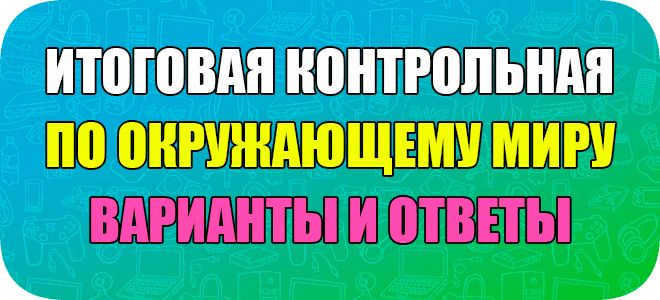
Final yearly assessment for grade 4 students of “School of Russia” curriculum about the global environment, including different options, answers, and evaluation criteria for the year 2023. This assessment is designed to be conducted at the end of the elementary school year, focusing on the study of the global environment. We have prepared 12 complete assessment papers aligned with the Federal State Educational Standards (FSES) that can be downloaded in either Word or PDF format based on your preference.
Final control works for 4th grade on the topic of the world around us
Tasks and solutions for the control works
1. What is the branch of science that studies celestial bodies called? Select the correct letter.
2. What property of air enables us to see everything around us?
3. What actions should people take to protect bodies of water?
- a) Avoid swimming in rivers and lakes.
- b) Eliminate the inhabitants of bodies of water.
- c) Water gardens using water from rivers and lakes.
- d) Clean the shores of bodies of water from garbage.
4. Which of the following plants is not typically found in meadows?
5. Identify the word that doesn’t belong in each line:
- a) oats, millet, onion, wheat
- b) cucumber, zucchini, garlic, cherry tree
- c) pear, apricot, buckwheat, currant
- d) cabbage, lily, iris, phlox.
6. What would you do if you come across an unfamiliar plant with attractive berries in the forest?
- a) taste them to determine if they are edible or not;
- b) collect the berries to give them to friends and acquaintances;
- c) pluck the berries along with the branches and discard them;
- d) I would avoid it, as it is risky to consume an unfamiliar plant, even a part of it.
7. My region is situated on the mainland:
8. The term for the source of a river is:
9. What mineral is utilized in the production of metals?
10. The fertility of the soil is dependent on the quantity of:
11. Which natural area is being described in the poem? “South of the line of forests lies a carpet of grasses, flowers”
- a) tundra zone;
- b) forest zone;
- c) steppe zone;
- d) Arctic desert zone.
12. How can fatigue during physical activity be prevented?
- a) avoid any physical labor;
- b) alternate between labor and rest or different types of labor;
- c) skip physical education classes and sports;
- d) take special medications.
13. Which organ is responsible for the sense of smell?
14. Arrange the stripes on the State Flag of the Russian Federation in order (from bottom to top):
- a) white, blue, red;
- b) blue, white, red;
- c) red, white, blue;
- d) red, blue, white.
15. When did Napoleon lead the French army invasion of Russia?
16. Who demonstrated military talent in the Battle on the Ice of Lake Peipsi?
- a) Alexander Nevsky
- b) Dmitry Donskoy
- c) Ivan Kalita
- d) Yuri Dolgoruky
17. Christopher Columbus discovered:
18. Victory Day is celebrated:
Answers for 2 options
1. Select the correct statement. 1. There are eight planets orbiting the Earth. 2. There are eight planets orbiting the Sun. 3. There are seven planets orbiting the Sun. 4. The Sun orbits the Earth
2. Match the names of the organs with the systems they belong to:
3. What can you determine with a compass? a) Wind direction b) Air temperature c) Water temperature d) Sides of the horizon
4. Create two rules by matching the given parts of phrases: For each position in the first column, match the corresponding position in the second column.
5. The starting point of a hill or mountain is. The slope, the summit, the base.
8. Complete the table using the following dates: 1380, 1147, 1961, 1941-1945.
9. Identify the tsar we are referring to based on the description. During his trip to Europe, the young tsar worked as a carpenter in the shipyards of Holland and England to gain knowledge in shipbuilding. Throughout his life, he acquired expertise in approximately 14 different fields. a) Ivan the Third b) Mikhail Fedorovich Romanov c) Peter the Great.
10. Match the name of a natural zone with its distinctive features and connect them with arrows.
11. Which mineral is utilized in the production of gasoline? Coal, peat, oil, granite.
12. List the names of the continents: North America, Australia, Earth, Moon, Eurasia, Russia. Write down the missing continents.
13. Dina conducted an experiment involving sugar and water. She added equal amounts of sugar to the water and observed its dissolution. The following table showcases the findings from her experiment.
Answers for 3 options
1- What is the composition of air? 1) a combination of liquids and solids. 2) composed of liquid substances. 3) composed of solids. 4) composed of gases.
2. Where can we find the most abundant plant and animal life? 1) in the polar regions 2) at the North Pole 3) in the temperate zones 4) in the tropics
3. How do we refer to a historical source? 1) a history textbook 2) newspaper articles about historical events 3) anything that provides insight into the past 4) history books
4. Which natural area is described in the text? Summers are warm but winters are harsh, coniferous plants predominate as they are less demanding of heat. The animal world is diverse. 1) tundra 3) desert 2) taiga 4) arctic desert
5. What is the deepest lake in Russia? 1) Ladoga 3) Caspian 2) Baikal 4) Onega Lake
6. When was one of Kolya’s ancestors born? 1) XVII century 2) XVIII century 3) XIX century 4) XV century
7. How can people protect bodies of water? 1) refrain from swimming in rivers 2) water gardens with water from rivers and lakes 3) eradicate inhabitants of water bodies 4) clean the banks of water bodies from garbage
8. What is the main property of peat? 1) strength 3) plasticity 2) hardness 4) combustibility
9. What is a specific branch within the field of animal husbandry? 1) floriculture 3) pig farming 2) metallurgy 4) field farming
10. Ivan is a resident of St. Petersburg and Nikolai is a resident of Moscow. A) Determine which person lives in the capital of Russia B) Specify the name of the city where he resides.
11. Which plant is not commonly found in meadows? 1) yarrow 3) timothy 2) bluegrass 4) reedgrass
12. Which insect feeds on potato leaves? 1) Colorado potato beetle 3) ladybug 2) beetle 4) aphid
3. In order to quickly find the answer to the question “What is the name of the plain on which the city of Moscow is located?” which reference book should be consulted? 1) Scheme of streets and squares of Moscow 2) Atlas of geographical maps 3) Encyclopedia “Nature of Asia” 4) Natural Science Dictionary
14. What is the name of the decisive battle of the Patriotic War of 1812? 1) Battle of Kulikovo 3) Battle of the Ice 2) Battle of Borodino 4) Battle of the Horde
Answers for 4 options
1. Select the correct statement. 1) The Earth revolves around eight planets. 2) The Sun revolves around eight planets. 3) There are seven planets revolving around the Sun. 4) The Earth revolves around the Sun.
2. Where can we find the richest plant and animal life? 1) in the polar belts 2) at the North Pole 3) in the temperate belts 4) in the tropics
3. What do we call a historical source? 1) a history textbook 2) newspaper articles about historical events 3) anything that can tell us about the past 4) history books
4. Which natural area is described in the text? Summers are warm but winters are harsh, coniferous plants predominate as they are less demanding of heat. The animal world is diverse. 1) tundra 2) taiga 3) desert 4) arctic desert
6. Which Russian lake is included in the list of World Natural Heritage Sites? 1) Ladoga Lake 2) Baikal Lake 3) Caspian Lake 4) Onega Lake
7. What can people do to protect bodies of water? 1) refrain from swimming in rivers 2) use water from rivers and lakes to water their gardens 3) eradicate aquatic inhabitants 4) clean up the shores of water bodies from garbage
8. What is the primary characteristic of peat? 1) strength 2) hardness 3) malleability 4) combustibility
9. What is the term for a branch of animal husbandry? 1) floriculture 2) metallurgy 3) pig farming 4) crop farming
10. Which era spanned from 1500 to 1900? 1) the Ancient Age 2) the Middle Ages 3) the Modern Age 4) the Contemporary Age.
11. Which plant is not commonly found in meadows? 1) yarrow 2) bluegrass 3) timothy 4) reedgrass
12. What type of insect feeds on potato leaves? 1) Colorado potato beetle 2) beetle 3) ladybug 4) aphids
13. Who was responsible for establishing the first chemical laboratory in Russia? 1) Peter the Great 2) M.V. Lomonosov 3) Catherine the Great 4) Ivan the Third
14. What is the name of the decisive battle of the Patriotic War of 1812? 1) Battle of Kulikovo 2) Battle of Borodino 3) Battle of the Ice 4) Battle of the Horde

Fascinating
For centuries, astrology has been the subject of mixed opinions. There are both proponents of its methods and skeptics who do not believe in horoscopes or the supernatural abilities of fortune tellers. Can astrology be classified as a scientific discipline, and are there any supporting evidence for its predictions?
What does astrology entail?
The primary issue with astrology lies in its lack of a universally accepted definition. In most cases, astrology refers to a collection of practices and beliefs that aim to elucidate the impact of celestial bodies on human beings.
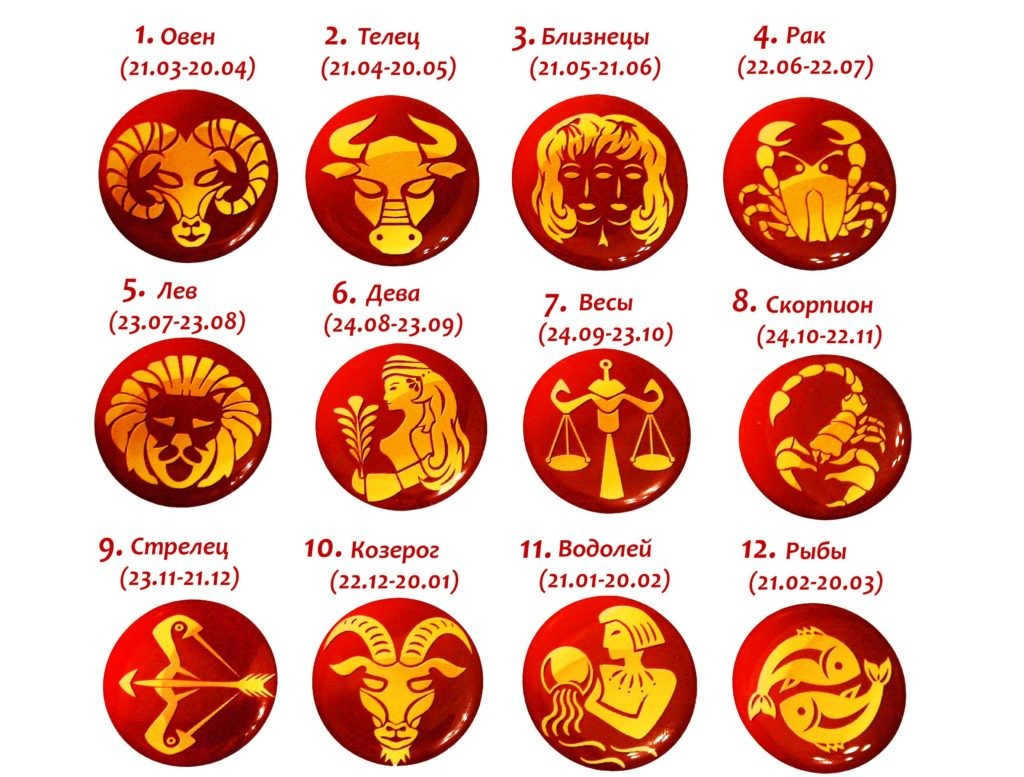
As per astrologers, the position and motion of celestial objects can determine an individual’s destiny, personality, behavior, and life events. It is also believed that future predictions can be made “by the stars.”
Astrology has a parascientific nature. It consists of two main aspects:
The exact origins of when people first started paying attention to celestial bodies and relating them to their lives are not known. It can only be said for certain that astrology of omens already existed in Ancient Mesopotamia around the end of the 3rd millennium BCE.
The researchers also arrived at the conclusion that initially astrologers focused on predicting major, large-scale events involving the entire state, for example. It was only much later that individual horoscopes became popular (5th-4th centuries BC).
What is the relationship between science and astrology?
From a scientific perspective, astrology falls under the category of pseudoscientific beliefs. However, scientists acknowledge that the fascination with celestial bodies in ancient times acted as a catalyst for the emergence and advancement of disciplines such as mathematics, astronomy, meteorology, and others.
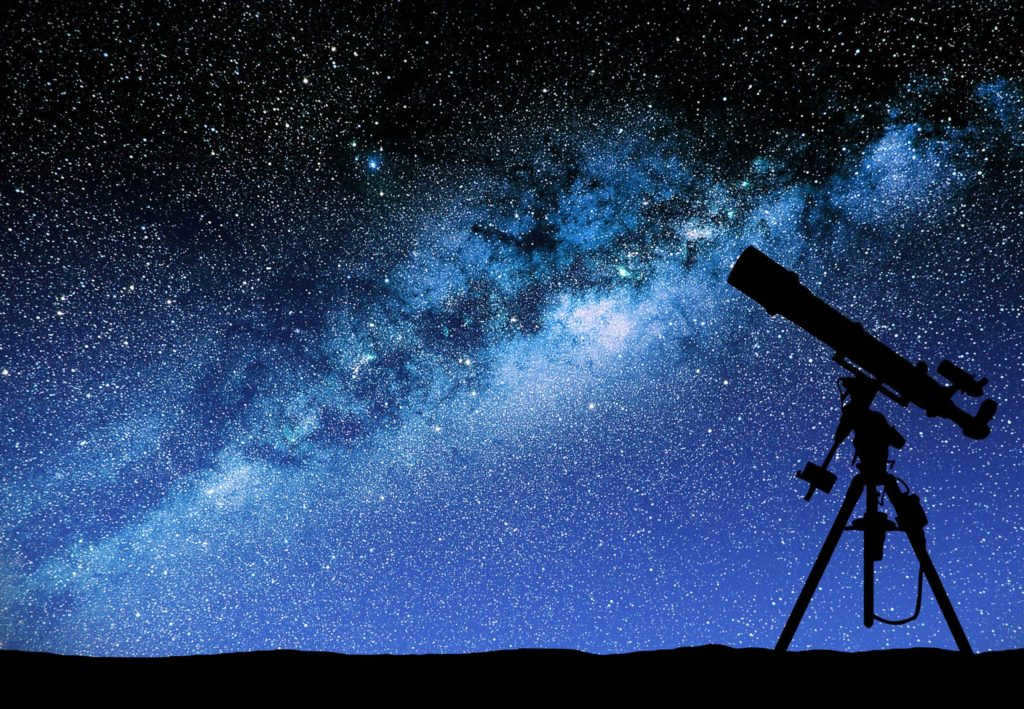
The term “astrology” originates from the ancient Greek word “logos”. It is a common root used in various scientific disciplines like biology and psychology. As a result, scientists often find themselves having to clarify that astrology is considered a tradition rather than a true science.
Here’s an interesting fact: in 1975, nearly two hundred scientists, including 18 Nobel Prize laureates, expressed their opposition to astrology. They were concerned about the media’s promotion of this pseudoscience, which led to misinformation among the general public.
Every scientific field follows the scientific method, which involves proposing hypotheses and conducting experiments to test them. However, astrologers’ predictions lack the empirical evidence required for validation.
Efforts to Validate Astrological Data
The primary reason why astrology is not considered a science is due to the lack of substantial evidence supporting its judgments, theories, and practices. Nevertheless, numerous attempts have been made to authenticate the accuracy of astrological predictions.
One intriguing experiment that commenced in 1958 and is ongoing involves the study of what are known as astrological twins. These individuals, who were born within a narrow time frame (with an interval of no more than 4.8 minutes), are completely unrelated. According to astrological beliefs, they should possess identical horoscopes and, consequently, share the same personality traits, profession, interests, and so forth. However, no such resemblances have been observed.


Astrology also includes the concept of the “Mars effect”. Advocates of this hypothesis argue that a person’s athletic success is influenced by the position of Mars at the time of their birth.
This idea was proposed by French astrologer Michel Gauquelin in the 1950s. However, the scientific community rejects this hypothesis and believes that Gauquelin made errors in the fields of statistics and systematics.
Forerer’s experiment is particularly fascinating. In 1948, psychologist B. Forer conducted a study involving students. He distributed psychological personality tests to all the participants. After taking the test, each student could receive a description of their character.
However, unbeknownst to the participants, Forer actually provided them with astrological predictions disguised as psychological portraits. Due to the instructor’s credibility, the majority of students affirmed the resemblance between their personality and the results they received. Psychologists argue that all astrological horoscopes operate on a similar principle.
Astrology is classified as a pseudoscientific discipline and does not adhere to established scientific methods. Experimental evidence to validate the accuracy of horoscopes and other astrological practices has been consistently elusive.
Copernicus had many contemporaries, including Leonardo da Vinci and Michel Angelo, Reichlin and Erasmus of Rotterdam, Thomas More and Thomas Münzer, the great church reformers Luther, Zwingli, and Calvin, a multitude of brilliant Italian humanists, philosophers, and philologists, numerous renowned artists and scientists, audacious Utopian visionaries, intellectuals, reformers, travelers, and navigators. Copernicus lived during significant global events such as Columbus’ exploration of America, Vasco de Gama’s discovery of the sea route to India, and Magellan’s historic circumnavigation of the world. In essence, he existed in an era where traditional ideas were crumbling, and he himself dismantled them, constructing a new structure founded not on faith but on knowledge.
Halting the Sun: A Tale of Copernicus’ Life
Nicolaus Copernicus, a native of Poland, was born into a prosperous merchant family on February 19, 1473, in the city of Torun, where his father had relocated from Krakow.
After his father Luke Watzelrode passed away in 1483, Copernicus’s education was taken over by his maternal uncle, who was a canon and later became a bishop. Copernicus pursued his education at the University of Krakow and later at Italian universities in Bologna and Padua. During his studies, he focused on various subjects including Latin, Greek, law, medicine, mathematics, and astronomy. His interest in the latter two fields grew particularly strong while studying in Cracow, where he had the opportunity to learn from the renowned professor of mathematics and astronomy, Brudzewski. He further enhanced his knowledge in Italy, where he had the privilege to work “not only as a student but also as an assistant in observations” alongside the esteemed professor of astronomy, Dominic Marin di Novara of Ferrara.
After spending approximately a decade in Italy, with brief breaks, Copernicus returned to his native land and dedicated most of the remaining years of his life in the small town of Frauenburg. He was able to secure a position as a canon in 1497, thanks to his uncle, who was the bishop of Warmia (Ermland). This appointment led to Copernicus becoming a Catholic priest, and he diligently fulfilled both of his roles. In Frauenburg, which Copernicus referred to as “the farthest corner of the world,” he had plenty of free time to work on his system, which he had likely begun developing while in Italy. He was surrounded by supportive friends and fellow citizens who contributed to the formulation of the fundamental principles of his system.
Copernicus’ own work became unavailable for purchase shortly before the author passed away on May 24, 1543. According to a story relayed by Gassendi, Copernicus’ biographer, a fresh copy of De revolutionibus orbium coelestium arrived at Copernicus’ doorstep just hours before his demise. “He held the book in his hands and glanced at it, although his mind was already drifting elsewhere.”
Giordano Bruno: exploring the uncharted worlds of a celestial enthusiast
“Oh celestial wanderers, I beseech thee
“Guide me along the path if thou so please
“Thy celestial dances, uplifting my spirit
“Let them propel me towards the depths
of distant realms.”
Giordano Bruno held the belief that the discovery of new planets within our solar system was a possibility. The night sky is not a fixed dome of stars, but rather a dynamic expanse where stars shift and rotate, often unnoticed due to their immense distance from us.
These concepts, expressed in the publication “On Infinity, the Universe and the Worlds” (1584), were not accepted by the church. As we recall, Giordano Bruno was declared a heretic, all his literature was banned, and he himself was sentenced to be burned at the stake. Upon learning of this decision, Giordano Bruno remarked: “You must have delivered the verdict to me with greater trepidation than I received it.” He then added: “To set ablaze is not to disprove.”. On February 17, 1600, he was executed by burning in Piazza del Flowers in Rome. Today, a monument to the renowned philosopher stands at the site of his execution. It is inscribed with the words: “June 9, 1889. Giordano Bruno. From the era he anticipated, at the exact location of the funeral pyre.”
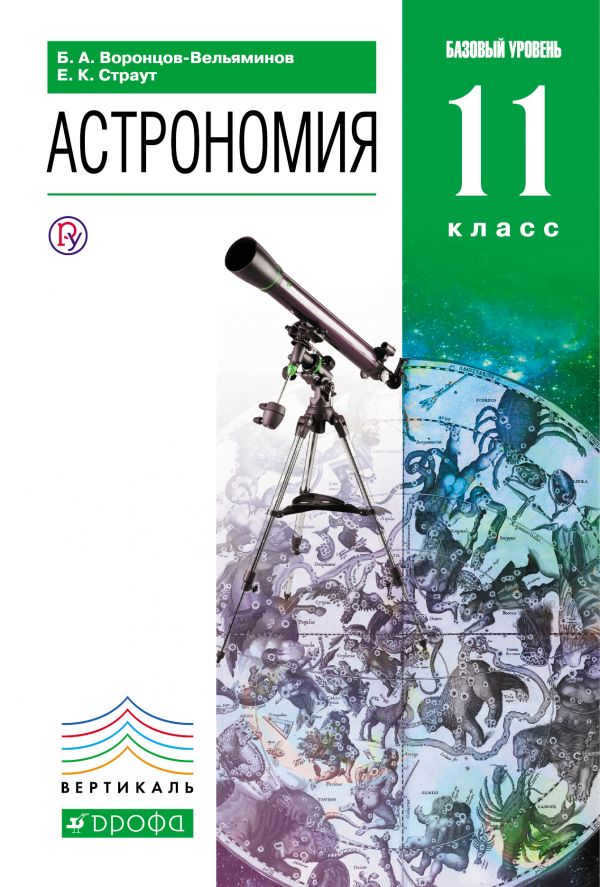
The astronomy textbook written by B. A. Vorontsov-Veliaminov and E. K. Straut adheres to the requirements of the Federal State Educational Standard (FSES) and is specifically designed for 11th grade students. It follows a traditional format for presenting educational material, with significant emphasis on the current advancements in the field of astronomy. Over the past few decades, astronomy has made remarkable progress and is now recognized as one of the most rapidly evolving branches of natural science. The textbook incorporates the latest findings from space missions and state-of-the-art ground and space telescopes, ensuring that students are exposed to the most up-to-date information available.
Part 1. The geocentric system
The Renaissance period is widely recognized for its dedication to reason and the power of human determination. However, significant changes do not occur overnight. During this time, the prevailing belief was still the geocentric system, which originated in ancient Greece and was influenced by the ideas of Plato, Eudoxus, Aristotle, and Ptolemy. According to this view, the Earth is positioned at the center of the universe, with the world divided into sublunar and supra-lunar realms. In the sublunar realm, everything is transient and temporary, with movements being driven by external forces. In contrast, the supra-lunar realm is characterized by eternity, with movements occurring effortlessly along perfect circular paths. The stars are situated on the celestial dome, which rotates around the Earth over the course of a day.
Part 2. The heliocentric system
In 1543, Copernicus released his significant publication entitled “On the Revolutions of the Celestial Spheres,” which introduced and defended the concept of the heliocentric model of the universe.
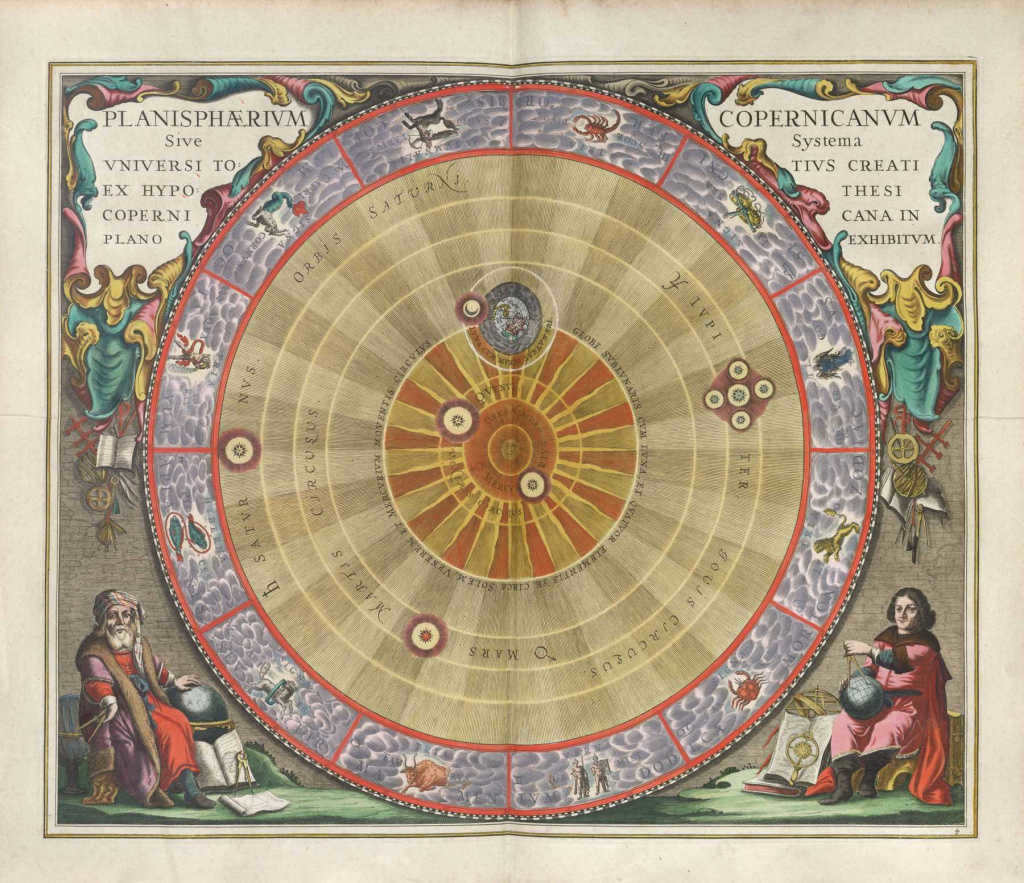 |
In his dedication to Pope Paul III, Copernicus outlined the fundamental principles of his celestial bodies study.
"After pondering for an extended period on the uncertainty of the mathematical principles passed down to us regarding the interconnected motion of celestial bodies, I have come to lament the fact that philosophers, who typically strive to comprehend even the most minuscule of things, have yet to adequately explain the trajectory of the meticulously designed cosmic mechanism crafted by the supreme and orderly Creator. It is widely accepted that the Earth remains stationary, but the Pythagorean Philolaus concedes that the Earth, along with the Sun and the Moon, orbits around the fire in a slanted circular path. Heraclitus of Pontus, along with the Pythagorean Eckphantes, also ascribe motion to the Earth, albeit not in a translational manner, but rather in a rotational one, causing it to revolve around its center akin to a wheel moving from west to east."
According to Copernicus, in the past, people were allowed to create imaginary circles to explain the movements of celestial bodies such as the Earth, the Sun, and the planets. However, Copernicus took a different approach and interpreted the movements of these celestial bodies based on the movement of the Earth:
“After conducting extensive and repeated studies, I eventually reached the conclusion that if we analyze the movements of other celestial bodies in relation to the circle on which the Earth moves, and use this as a basis for calculating the movement of each body, then not only will the phenomena associated with them be explained, but the bodies themselves, their paths, their order, their size, and even the entire sky will be interconnected in such a way that no change can be made in one part without affecting the others and the whole system.”
Part 3. Place in History
Among the great astronomers and mathematicians who ultimately clarified the position of our Earth in the Universe and uncovered the laws of motion that govern the solar system (Copernicus, Tycho de Brahe, Kepler, Galileo, Newton), Copernicus was the pioneer.
Since then, much progress has been made and will continue to be made in the study of the solar system. Some of Copernicus’s assertions, such as his belief that the Earth and planets move uniformly around the Sun in circles, have been disproven as they are actually irregular and elliptical. However, Copernicus is renowned for being the first scientist to establish a revolutionary truth, as simple as it was brilliant, which he expressed in his work On the Rotation of the Heavenly Bodies by stating that “at the center of all things is the Sun.”




